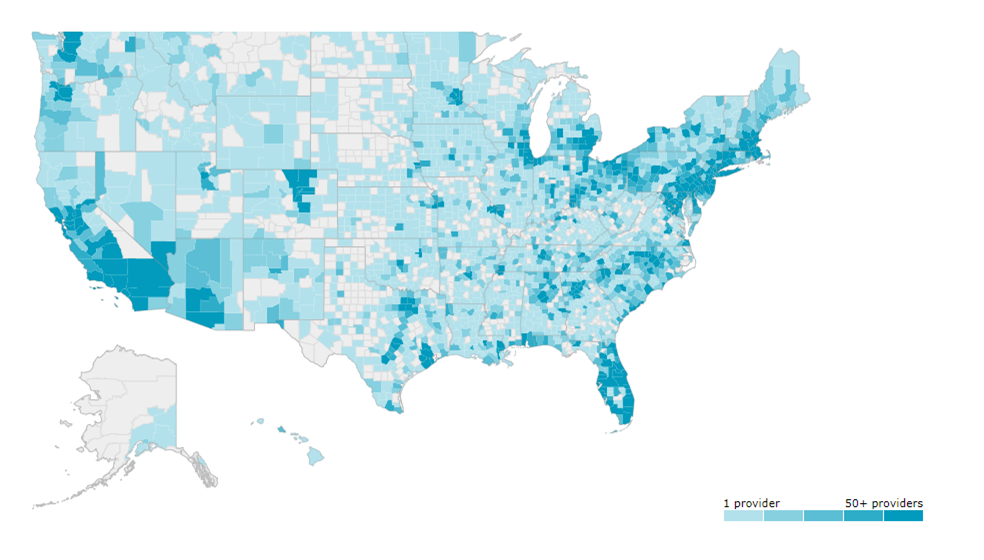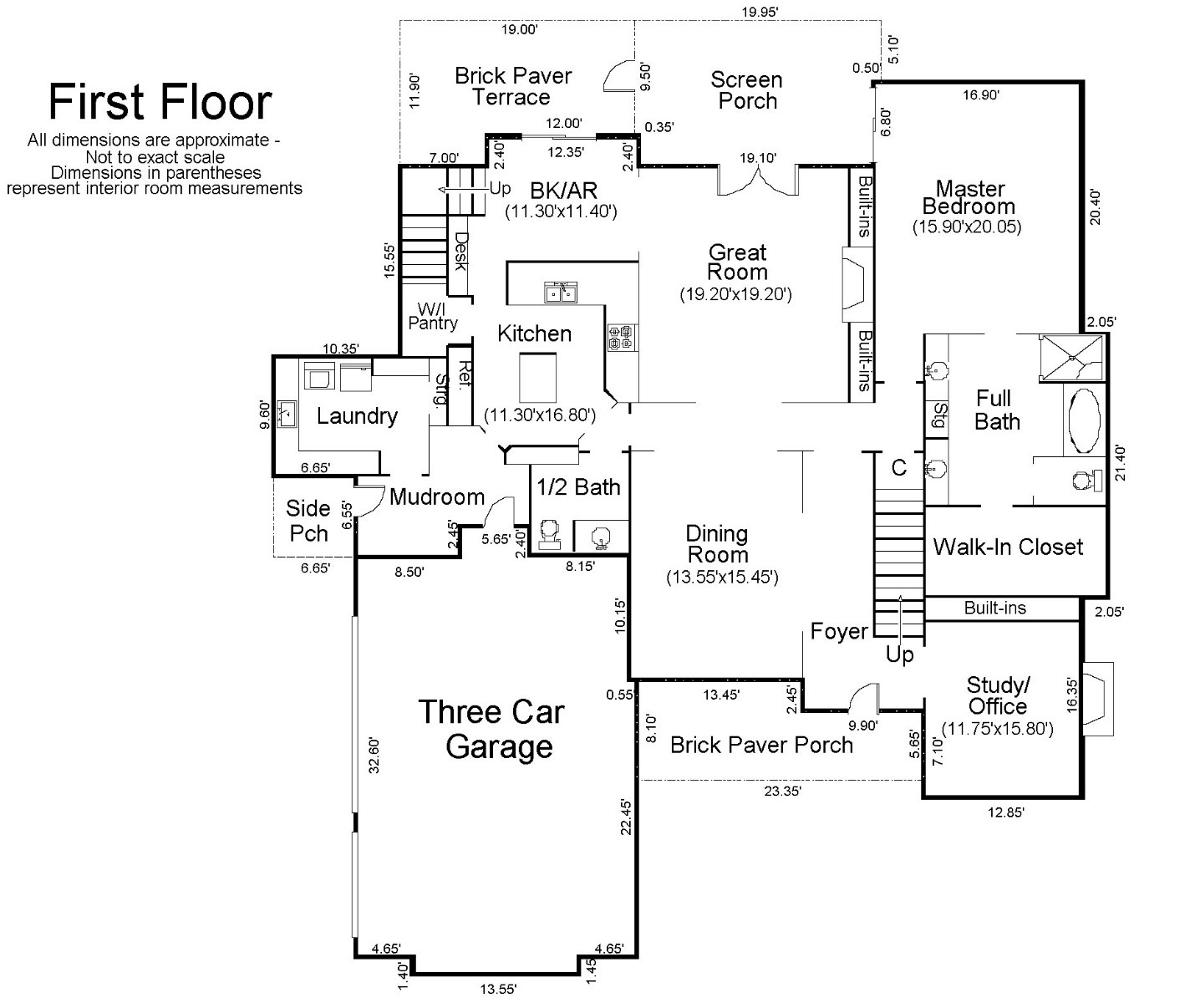833-838-8663
Wireless Heat Map

Wireless Heat Maps
Different Categories of Wireless Site Surveys
If you’re serious about uncovering what’s wrong with your wireless network design, you first need to understand the four different kinds of site surveys that address WiFi concerns:
- Predictive Site Surveys -- With this kind of evaluation, the engineer uses simulation tools to create a model of the radio frequency (RF) environment at your location. A predictive site survey tends be a lower cost- time-effective, and highly accurate option. You’ll get the best results from this kind of assessment if you’re able to supply your building blueprints or floor plans.
- Physical Site Surveys -- If you have a more complicated wireless network, a physical site survey can be the better way to go. During this kind of assessment, the engineer will usually focus on applications that roam across access points (APs) as well as applications that are especially sensitive to latency.
- Passive Site Surveys -- The engineer uses software to passively listen to traffic on your wireless network -- looking specifically for problems with access points, signal strength, and environmental noise.
- Post Validation Site Surveys -- The goal with this kind of site survey is to ensure that your WiFi network is performing at the level it was designed to perform.
Note: Predictive RF design can be a good alternative for less complicated wireless networks. As long as you can provide accurate floor plans engineering team can put together a pretty accurate design. However, since Predictive Site Surveys don’t analyze what you currently have in your environment, or tell you why you’ve been having problems, they’re typically best suited for smaller or newer projects.
What’s Included in a Wireless Site Surveys
So now that know you about the four different categories of site surveys for WiFi design, what can you expect when you invest in a wireless survey? And what’s included?
An onsite visit with expert wireless network design engineers (Don’t overlook the importance of this as many generalist VARs and managed service providers rarely have more than one WiFi specialist on their team, if they do at all.)
Manual inspection of wireless hardware including mounting and orientation
Running wireless analysis software to capture data on your wireless performance
Assessment and analysis of data captured and presented in a report document
The report that begins with general information including
- Purpose - Why is this wireless site survey being conducted? What is the goal? (Often, assessments are scheduled to determine if RF coverage shown in a Predictive RF design matches what’s seen during the survey. Other times, assessments review the current wireless network design and identify sources of ongoing performance problems.)
- Scope - What’s included and what’s not?
- Survey Test Infrastructure -- What hardware and software tools are being used to measure RF coverage? (For example, one of the more popular tool sets include Ekahau Site Survey Pro coupled with Ekahau NIC-300 USB wireless adapters and an Aruba IAP-305 access point in survey mode.)
The report outlines requirements such as
- Signal strength minimum
- Signal-to-noise ratio minimum
- Data rate minimum
- Minimum number of audio access points
A floor plan listing routes for the site survey, as well as access point locations
Coverage and performance narrative including
- Data rate heatmap for both 2.4 GHz and 5 GHz wireless frequencies (the highest possible speed that a wireless device can transmit data)
- Maximum effective throughput heatmap for both 2.4 GHz and 5 GHz wireless frequencies (Due to its half-duplex nature, true data throughput tends to be about half of the data rate.)
- RF signal strength/coverage heatmap for both 2.4 GHz and 5 GHz wireless frequencies (the most basic measure of wireless networking health that can often explain problems with unreliable connections and low data throughput)
Depending on the type of site survey, you may also have
- CCI (co-channel interference) analysis that identifies any crosstalk between two different transmitters on the same RF channel
- ACI (adjacent channel interference) analysis that identifies any extraneous power from a signal on an adjacent RF channel.
In most wireless site surveys, a floor plan with access point locations, data rate heatmap, throughput heatmap, and signal strength heatmap is created for each floor in the building.
How Your Company Can Benefit
So, when an IT manager signs up for a wireless site survey, how do they benefit? And what are some typical findings?
While one of the most common goals is to identify configurations that would negatively impact wireless network performance, there are a number of findings that surface quite often. These findings can include:
- Identifying access points that are deployed for the wrong purpose -- For example, during a recent wireless site survey, one company was using the incorrect models of APs in many locations throughout their facility. Because these APs were using omni-directional antennas and the APs were installed on 20-30-foot ceilings, devices being used at ground level ended up with very low signal levels.
- Identifying RF cell overlap problems between access points -- Again because this same company had omni-directional antennas on its APs, there were too many RF cell overlaps between the APs. When the devices saw multiple APs using the same channel, wireless devices on the network essentially had to wait in line for their turn to use that channel.
- Identifying a coverage void or null with outdoor APs -- This could be due to bad decisions on mounting heights -- basically poorly thought out wireless network design. In this case, changing the AP height altered its coverage because of the antenna’s vertical beam width.
- AP power levels left at default configurations -- By not customizing the power levels to be symmetrical with power levels achievable by client devices, performance suffers.
- APs installed/mounted at troublesome locations -- When mounted too close to objects that block or alter the RF signal, signal delivery to client devices takes a hit.
When one or more of these findings are acted on and implemented, companies generally see an immediate and dramatic improvement in their wireless network performance.
From these findings, the wireless network design engineers will introduce recommendations that remedy as many of these problems as possible including:
- Better suited AP models -- especially AP models with an antenna that can better adapt to the client’s environment and needs
- New indoor RF wireless network design -- that takes into account emerging software application requirements
- New outdoor RF wireless network design -- that’s better suited for outdoor spaces where there are usually no reflective objects or attenuators
- Removing channel bonds as needed -- to limit the possibility of channel reuse and all the co-channel and adjacent channel contention problems that crop up
- Removing lower data rates -- again to improve the design of the wireless network by forcing devices to use closer APs with better signal strength
- Setting/optimizing symmetric power levels -- to match the lowest power client device
- Improving AP mounting -- for improved RF signal delivery
- Improving bridge/mesh links -- to greatly improve signal quality

Predictive Heatmap Required Scope of Work Materials and Information
- Diagram/Floorplan with measurements of area to be surveyed. (PDF file).
- Height of ceilings or roof.
- Brand, make, and model of Access Points.
- Need to know whether Access Pint will be mounted to the ceiling, wall, or placed on the floor.
- Type and thickness off walls.
- Wall closet location where switches, routers, ect will be installed. Used for cable run estimates.
- Location of in stairwells and elevators.
- Will there be an outside area covered with wifi signals?
- Estimate of how many devices will be using wifi network.
Physical Heat Map Survey Required Scope of Work Materials and Information
- Diagram/Floorplan with measurements of the area to be surveyed. (PDF file).
- Steel toed shoes.
- Eye protection.
- Hearing protection.
- Device for measuring distance.
- Note taking materials.
- Camera phone or camera.
- Assign an installation tech to accompany engineer on site.
